Imagine your body opening up like a flower, exposing the sun to your inner core. That’s the power of Ustrasana, also known as Camel Pose. This graceful backbend offers a multitude of benefits, from strengthening your spine and enhancing your breathing to boosting your energy and promoting inner peace.
Ready to embark on this journey of self-discovery?
Benefits of Ustrasana
Let’s delve deeper into the transformative powers of Ustrasana and explore its vast array of benefits:
Physical Benefits:
- Increased Flexibility: Ustrasana stretches and lengthens the spine, hips, and shoulders, leading to improved flexibility and range of motion.
- Strengthens Back Muscles: By engaging your core and back muscles while performing the pose, you strengthen them, leading to better posture and improved back health.
- Improved Posture: Ustrasana counteracts the negative effects of hunching and slouching, promoting a straighter, more aligned spine.
- Opens Chest and Lungs: By expanding your chest and stretching your diaphragm, Ustrasana improves your lung capacity and breathing, leading to increased oxygen flow throughout your body.
- Stimulates Digestive and Endocrine Systems: The gentle compression and expansion of the abdomen in Ustrasana can stimulate your digestive system and improve its functioning. Additionally, it can stimulate the endocrine system, leading to a better hormonal balance.
- Reduces Back and Neck Pain: By strengthening the back muscles and improving posture, Ustrasana can help alleviate chronic back and neck pain.
- Boosts Energy Levels: The improved blood circulation and oxygen flow throughout the body can lead to increased energy levels and a feeling of vitality.
- Improves Circulation: Ustrasana promotes better blood circulation, ensuring that vital nutrients and oxygen reach all parts of your body.
- Increases Balance and Coordination: Holding Ustrasana requires balance and coordination, which can be improved with regular practice.
Mental Benefits:
- Reduces Stress and Anxiety: The deep breathing and focused attention required in Ustrasana can help reduce stress and anxiety, promoting a sense of calm and peace.
- Promotes Feelings of Well-being and Inner Peace: By opening the chest and releasing tension in the body, Ustrasana can promote feelings of well-being and inner peace.
- Enhances Focus and Concentration: The focused attention required to maintain the pose can improve your concentration and focus.
Additional Benefits:
Ustrasana can also offer several additional benefits, such as:
- Improved sleep quality
- Reduced fatigue
- Enhanced mood
- Increased self-confidence
A Step-by-Step Guide to Ustrasana (Camel Pose)
Let’s break down the steps to achieving a perfect Ustrasana:
- Kneeling Position
- Begin on your hands and knees, with your knees hip-width apart and your toes together.
- Ensure your knees are directly under your hips and your ankles are stacked beneath your knees.
- Engage your core and press your palms flat onto the floor, fingers pointing towards your heels.
- Engaging Your Back
- Slide your hands down your back until they reach your lower back, with your fingers pointing downwards.
- Press your palms firmly into your back for support and to engage your core muscles.
- Arching Backwards
- Inhale deeply and slowly begin to arch your back backwards.
- Press your hips forward and push your chest upwards towards the ceiling.
- Keep your thighs perpendicular to the floor and your spine straight.
- Avoid hunching your shoulders or rounding your spine.
- Extending Your Neck
- Gently tilt your head back and look up towards the ceiling.
- Avoid overextending your neck, as this can cause discomfort.
- Focus on lengthening your spine and opening your chest.
- Holding the Pose
- Hold the pose for 5-10 breaths, focusing on your breath and maintaining proper alignment.
- Breathe deeply and slowly, allowing your body to relax into the pose.
- Releasing the Pose
- To release the pose, slowly bend your knees and lower yourself back to the starting position.
- Rest on your hands and knees for a few breaths before coming to rest in a comfortable child’s pose.
Modifications and Variations
Modifications
- Hand Placement:
For added support, use blocks or a chair to place your hands on instead of your lower back. This modification allows you to maintain proper alignment while reducing strain on your wrists and forearms.
- Forearm Support:
Instead of placing your hands on your lower back, bend your elbows and rest your forearms on your thighs. This variation provides additional stability and reduces the need for arching the back excessively.
- Neutral Head Position:
If tilting your head back causes discomfort, keep your head in a neutral position throughout the pose. Avoid forcing your chin to your chest, as this can strain your neck.
Variations
- Urdhva Ustrasana (Upward-Facing Camel Pose):
For experienced practitioners, Urdhva Ustrasana is an advanced variation that involves reaching back and grabbing your heels. This variation requires significant flexibility and strength in the back and legs.
- Salabhasana (Locust Pose):
This variation strengthens the back muscles and improves flexibility in the spine. Lie on your stomach with your arms outstretched overhead and lift your chest and legs off the floor.
- Uttanasana (Standing Forward Fold):
This standing pose is a gentler alternative to Ustrasana and helps to lengthen the spine and release tension in the hamstrings. Hinge at your hips and fold forward, placing your hands on the floor or blocks.
Avoiding Common Mistakes in Ustrasana
Let’s delve into five crucial mistakes to avoid in Ustrasana:
- Hunching the Back:
Mistake: Rounding the spine and collapsing the chest forward during the backbend.
Why it’s wrong: This position weakens the spine and can lead to pain in the back and neck.
The fix: Maintain a straight spine by engaging your core muscles and drawing your shoulder blades down and back.
- Over-extending the Neck:
Mistake: Craning the neck excessively backwards to look at the ceiling.
Why it’s wrong: This can strain the neck muscles and cause pain or even headaches.
The fix: Keep your head in a neutral position or gently tilt it back just enough to gaze upwards without straining.
- Letting the Hips Sag:
Mistake: Allowing the hips to sink down towards the floor, causing the spine to curve excessively.
Why it’s wrong: This weakens the core and puts strain on the lower back.
The fix: Engage your core and gluteal muscles to keep your hips lifted throughout the pose. Imagine pushing your hips forward and slightly upwards.
- Holding the Breath:
Mistake: Holding your breath while holding the pose. This can lead to dizziness and lightheadedness.
Why it’s wrong: Proper breathing is crucial for delivering oxygen to your muscles and maintaining proper alignment.
The fix: Breathe deeply and steadily throughout the entire pose. Inhale as you arch back and exhale as you release the pose.
- Not Engaging the Core Muscles:
Mistake: Relying solely on back muscles to hold the pose without engaging the core.
Why it’s wrong: This weakens the core and increases the risk of lower back injury.
The fix: Draw your navel in towards your spine and engage your abdominal muscles to support your back and maintain a stable position.
Essential Precautions for Ustrasana (Camel Pose)
Here are some essential safety precautions to keep in mind while practicing Ustrasana:
- Existing Injuries:
Avoid Ustrasana if you have any injuries to your spine, hips, or knees. These areas are under significant stress during the pose, and performing it with existing injuries can exacerbate them or lead to further complications.
- Pregnancy:
Pregnant women should refrain from practicing Ustrasana. The deep backbend can put undue pressure on the abdomen and potentially harm the developing fetus.
- High Blood Pressure:
Consult your doctor before attempting Ustrasana if you have high blood pressure. Backbends can elevate blood pressure, potentially posing a risk for those with this condition.
- Listening to Your Body:
Always listen to your body and stop if you experience any pain or discomfort. Pushing yourself beyond your limits can lead to injuries. If you are new to the pose, start with modifications and gradually progress as your flexibility and strength improve.
Additional Precautions:
- Warm up properly before practicing Ustrasana. This prepares your muscles and joints for the pose and reduces the risk of injury.
- Perform the pose on a non-slip yoga mat to prevent slipping and falling.
- Use props such as blocks or a chair for support if needed.
- Focus on your breath and maintain a steady and controlled breathing pattern throughout the pose.
- Do not hold the pose for too long, especially if you are a beginner.
- Come out of the pose slowly and carefully to avoid any sudden strain on your body.
Ustrasana, the majestic Camel Pose, offers a transformative journey for your body and mind. By practicing with awareness and respect, you can unlock the potential for increased flexibility, improved posture, reduced stress, and a deeper sense of well-being. Remember to listen to your body, start with modifications if needed, and enjoy the process of mastering this powerful pose. Let Ustrasana guide you towards greater strength, inner peace, and a deeper connection to yourself.
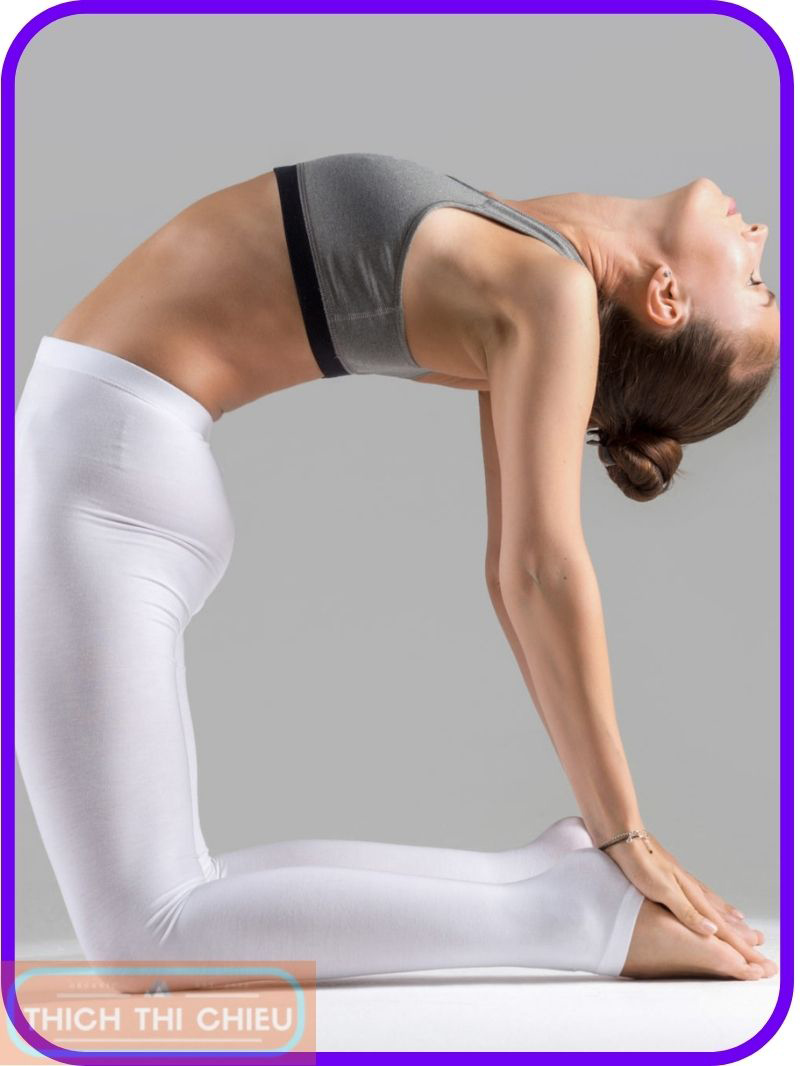
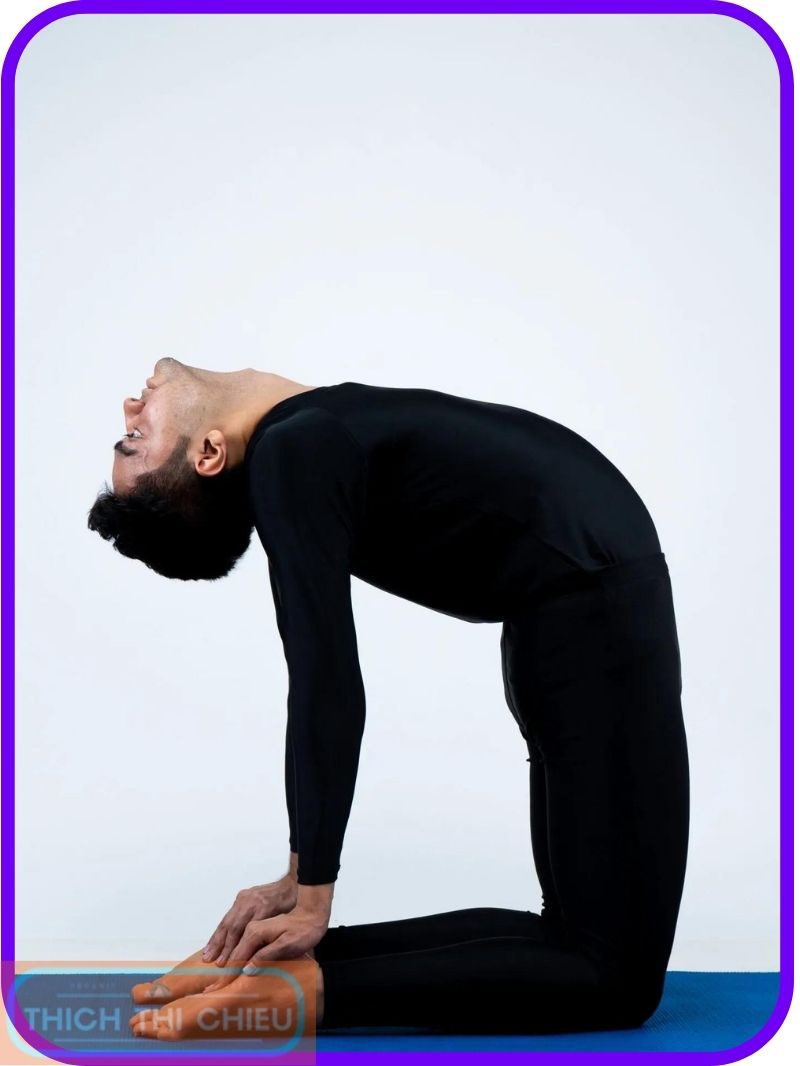
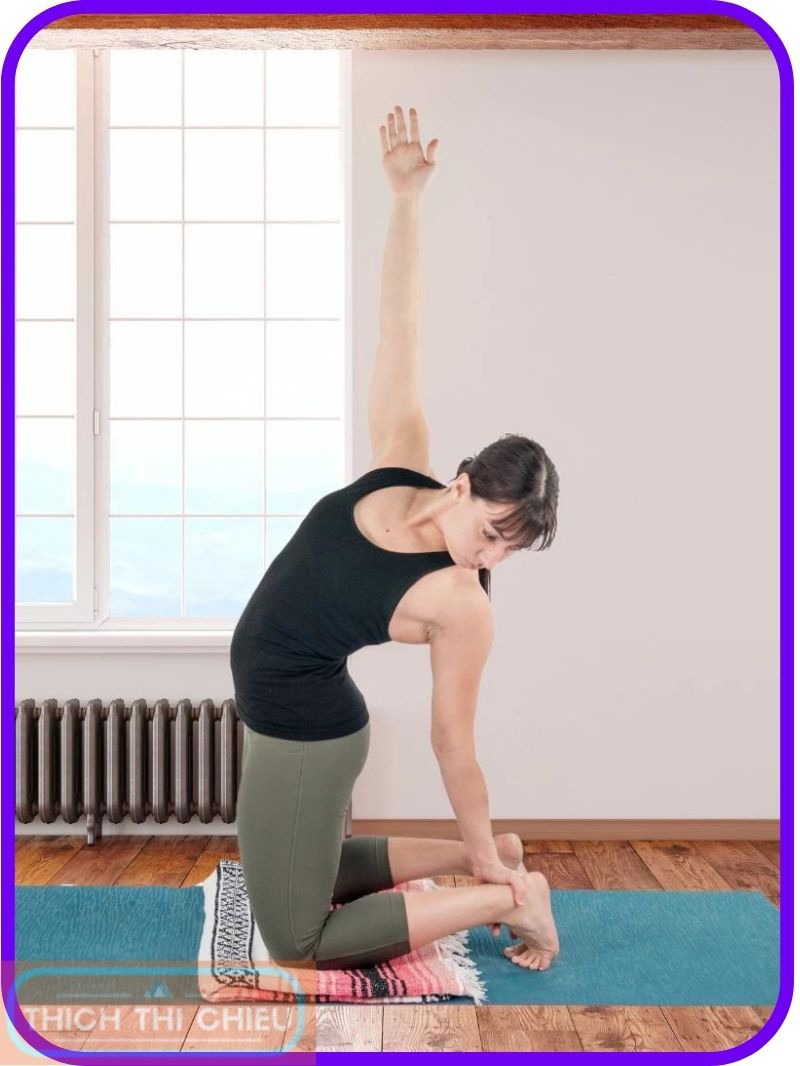
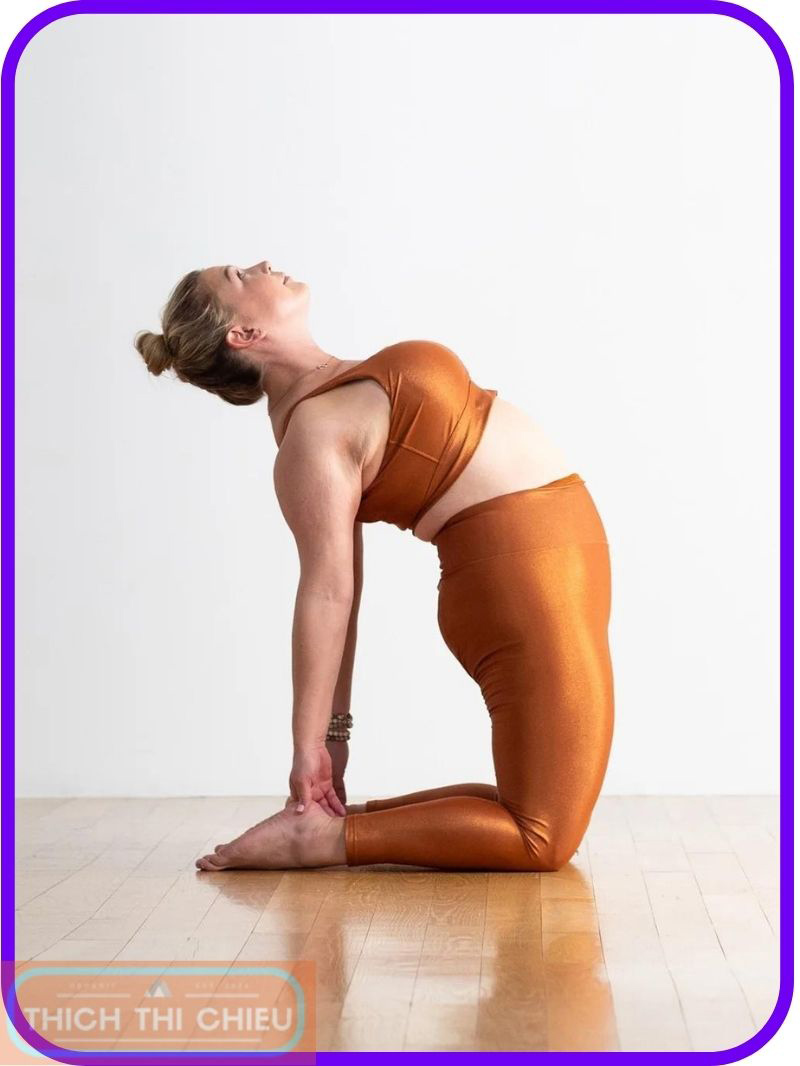
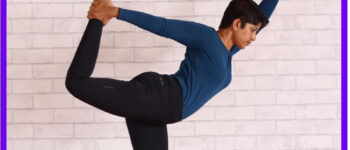
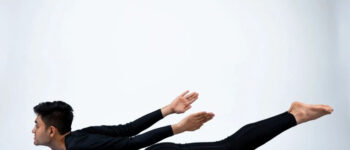

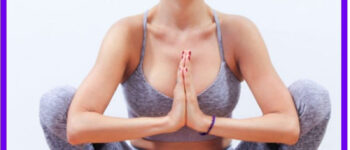

Leave a Reply